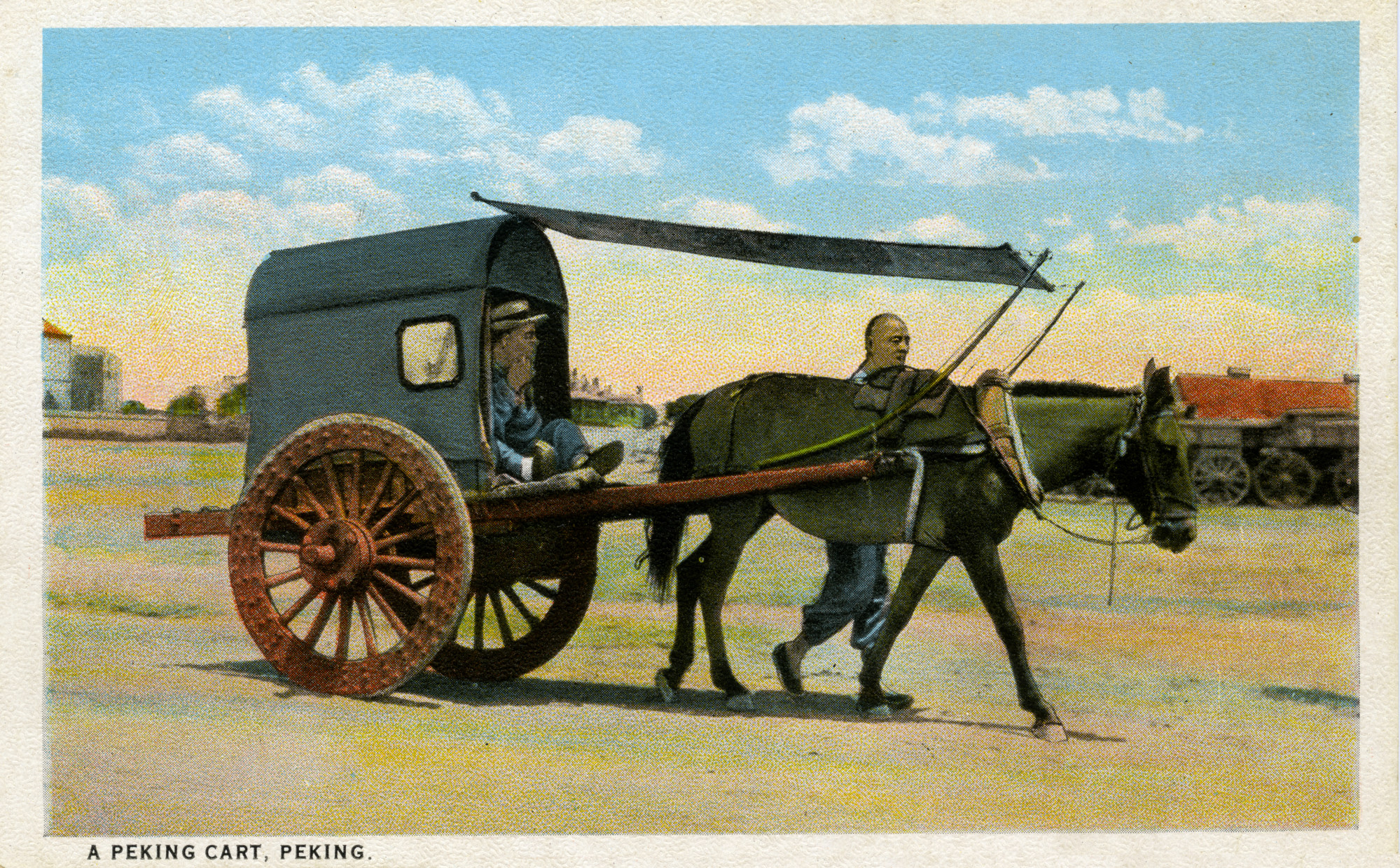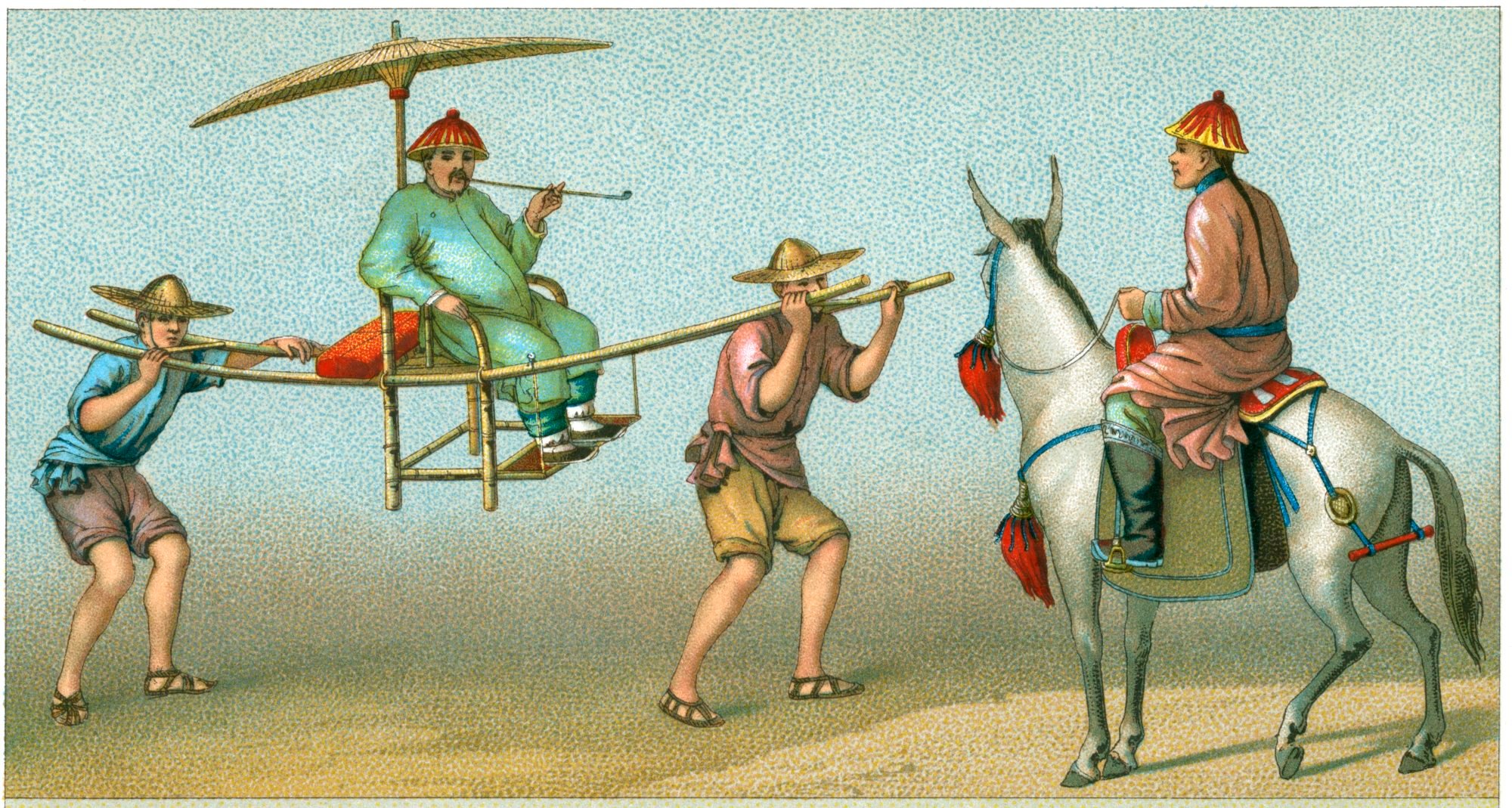I laughed out loud when I learned that taxi drivers in Hong Kong had planned a strike in November to protest against ride-hailing services, which they claimed were costing them millions of dollars a day in lost revenue.
That’s right. DiDi, Gojek, Grab, Lyft, Uber, and so on, which are ubiquitous in many cities in the world, are actually illegal in Hong Kong.
Hong Kong cabbies dismiss official plan for luxury fleet as unfair, unworkable
Hong Kong cabbies dismiss official plan for luxury fleet as unfair, unworkable
The authorities have mostly turned a blind eye, but this may change if the government honours its recent promise to Hong Kong’s taxi cartel.
When I am not taking the trains or buses like a good, environmentally conscious citizen should, I prefer ride-hailing services to taxis mainly because the total fare is made known to passengers before the ride.
As early as the Han period (202BC – AD220) in China, there were ox-drawn carriages that picked up passengers and charged fares according to the distance travelled.
Donkeys were popular in the Tang dynasty (618–907) as a mode of transport that ordinary people hired to travel within or between cities, either on the donkeys’ backs or on carriages pulled by the animals. Inter-city and other long-distance travel implied that these operations were of some scale and complexity.

There were also covered omnibuses drawn by oxen or donkeys that could carry several passengers at once. These carriages were quite elaborately decorated, with lacquered sides and open windows from which paying passengers could look out on the busy roads.
One can imagine hundreds of these pretty, shiny wagons trundling along the streets of the country’s prosperous capital, Chang’an (present-day Xi’an), a massive city for its time with a population of more than a million people, many of them foreigners.

Compared to vehicles drawn by domesticated animals, they were easier to manoeuvre, especially in busy or narrow streets, and passengers could reach their destinations quicker. They were also much cleaner.
In time, the rickshaws were replaced by trishaws, a three-wheeled chimera of a rickshaw and a bicycle, and similar hybrid vehicles.
Automobile taxis became widely available in China in the latter half of the 20th century. Today, the industry is dominated by ride-hailing services like DiDi. The company is planning to list its shares on the Hong Kong stock exchange in 2024, which is ironic considering that private car ride-hailing is illegal in the city.
Hongkongers like to tell themselves, and the rest of the world, that Hong Kong is a beacon of free market competition. Prove it.








